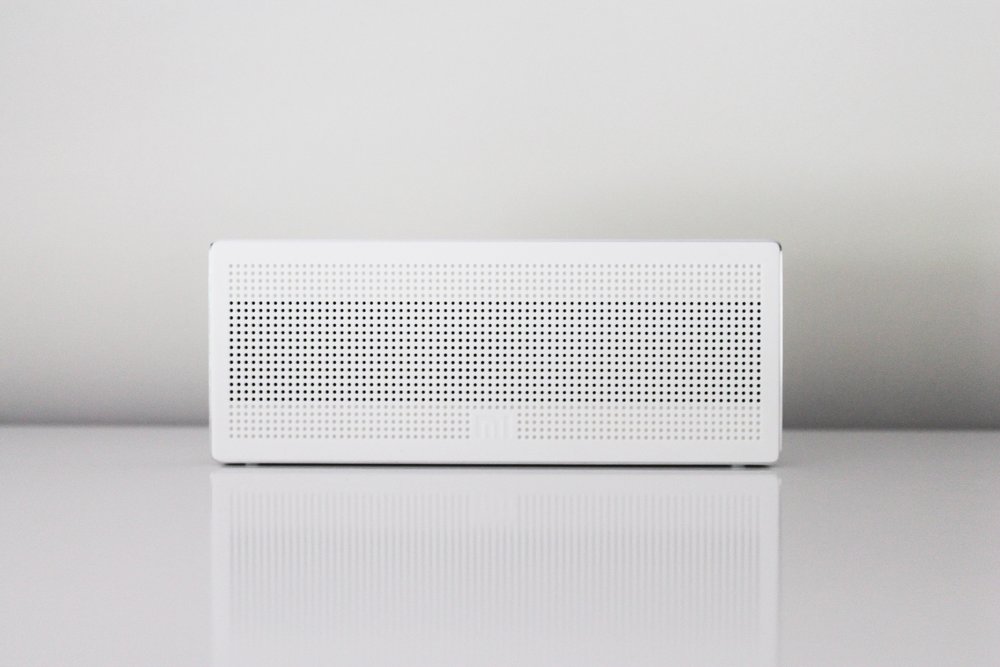Big Sound in Small Packages: Is it Any Match to Hi-Fi?


Ever since humankind started creating music, the means, or equipment, for doing so have often been prohibitively bulky. True, there exists many small musical instruments, but the ones that can produce sound of sufficient strength and volume are typically really, really large; and an ensemble playing multiple instruments at once requires a lot of space indeed.
Eventually, recorded music came along and we could enjoy a symphony orchestra in our own homes, playing our favorite pieces on a whim. The sound quality was horrible at first. Even if it was small compared to a whole symphony orchestra, the equipment needed to play back the recorded music was big and heavy. Besides the use of portable equipment like headphones, the act of playing back music has long required sizable gear. That is, until only a few years ago.
Recently, we have seen the emergence of a new type of product that wasn’t really feasible before. Small wireless speakers, potentially battery powered, that sound much, much bigger than they look. They fit in very nicely with how we consume music today, supporting streaming services like Spotify, Google Cast, and others. And, for many people, they sound good enough.
However, the sound is still nothing compared to the HiFi systems of old. It’s a high bar to meet. If you have ever been to a recording studio, or seen pictures of one, you may have noticed it looks nothing like your living room, or any other room where people spend their free time. The reason for this is they are custom built to allow speakers to reproduce music with the highest possible sound quality. The walls are often covered with diffusers and absorbers to minimize the impact the room has on the listening experience, and they may also be cluttered by fridge-sized bass traps.
Looking forward, I think us HiFi geeks may eventually be able to play recorded music with the highest possible quality in a significantly less intrusive package. When it comes to achieving an optimal listening environment, for low frequencies it is very, very difficult, expensive, and intrusive to try to adapt a room using passive means. The wave lengths are long, and the thickness of the treatment material increases with the wave length in order to be effective. On the upside, using an active method to achieve the same goal, the problem of treating the room gets easier with increasing wave lengths. The reverse also holds true for high frequencies; passive treatment works well as it can be thinner and take up less space, while at the same time the short wave lengths make an active solution prohibitively complicated and expensive. However, using a combination of active and passive methods for low and high frequencies respectively, it should be possible to achieve a listening room that still looks and feels like home, but sounds much better than what is possible today.
Already now, with the advent of highly sophisticated room correction technology, or rather, room treatment algorithms like Dirac Unison, the requirements on a listening room can be significantly reduced. By co-optimizing all speakers, Dirac Unison® makes it possible to change room reflections, impulse responses, and modal patterns in ways that can only, in theory, be matched by an ideal passive room treatment installation. It will not be realistic to completely treat a room using only active means any time soon, but for low frequencies this will make all the difference without the need for passive equipment.


Original loudspeaker


With Dirac Unison® 14.2 Setup (No ringing, tight bass, clarity)
Now, some may say that in order to use Dirac Unison you will need several speakers, certainly more than two. While this is true, the stereo pair of speakers can always be made smaller, and bigger subwoofers needed for low frequency reproduction can be put somewhere out of the way. But this is a topic for a future post. In the meantime you are welcome to learn more about Dirac Unison at www.dirac.com/unison/.
– Jakob Ågren, Product Manager at Dirac Research